(R)Evolution is an organization started by a group of individuals working towards Climate Change Mitigation, Wildlife Conservation and Social Service through various platforms. We basically intend to provide opportunities for people who have so long awaited to work for a cause but couldn’t come across an opportunity. We believe in the saying, “Proper support and information are one of the most important factors to lead forward a change.” For an individual, there needs to be some means for him/her to acquire knowledge and to apply it. We are here to provide every individual with a platform to learn and execute his plans giving him an extra edge over his counterpart. We believe in providing the best and promoting the cause for the benefit of the society and mankind. In the past month we have been really involve in various projects and we would like to share it with you.
Green Festival
“(R)Evolution let’s change now!” has organized the AVANI-The Green Fest organiszed with the Center for Environment and Institute of Science and Technology on the March 13th and 14th 2014 at the Jawaharlal Nehru Technological University Hyderabad. Before explaining the festival we can strat with a short historic of the Institute os Science and Technology and the Center for Environment.
Institute of Science and Technology
In 1989 Jawaharlal Nehru Technological University established number of Centres for Excellence to form a strong academic nucleus. They started functioning from 1991 under the Institute of Science and Technology (IST). IST was located in the heart of the twin cities of Hyderabad & Secunderabad. Now being located in the campus which is also the Headquarters of JNT University, IST enjoys certain facilities. As any Technological up gradation within J.N.T.U. starts with IST. The location of the campus provides an academic environment and promotes learning. Center for Biotechnology Center for Environment, Center for Nano Science and Technology, Center for Pharmaceutical Sciences, Center for Spatial Information Technology, Center for Water Resources are the constituent units of the institution. The basic thrust of these centers is in the emerging areas of research and education in the fields of Engineering, Technology and Applied Sciences of interdisciplinary and multi-disciplinary character.
Center for Environment
The Center for Environment has been established at Jawaharlal Nehru Technological University: Hyderabad in 1991 with the main objective to take up research and development in the areas of Environmental pollution monitoring, Impact assessment and development of control technologies besides offering higher technological education in Environment. The Center is actively involved in a number of academic and research programmes supported by various national funding agencies like University Grants Commission (UGC), All India Council for Technical Education (AICTE), Department of Science and Technology (DST), Department of Environment (DoEn), Council of Scientific and Industrial Research (CSIR), Department of Biotechnology (DBT), Department of Atomic Energy (DAE) and Department of Space (DOS), MOES – Ministry of Earth Sciences, BARC – Baba Academic Research Energy Sources, MNRE – Ministry of new & Renewable Energy Sources, DOD – Department of Ocean, DAAD – German Academic Exchange Service Development.
Objectives of AVANI-The Green Fest
AVANI-The Green Fest had specifics objectives that it wanted to acheive during that event. First of all, one of the main goal was to promote sensitivity throught create a plot which talks about need and protection of ecosystem and biodiversity as well as ensuring students from various portfolios/Groups to share their views on Bioremediation (Bioremediation is a waste management technique that involves the use of organisms to remove or neutralize pollutants from a contaminated site). Second of all, the festival was promoting the green buildings concepts in view of afforestation and need for greenery, sensitizing towards renewable energies and strategies to protect the same, and understanding need for wild life conservation and create sensitivity on prayer predator relationships. Finally, the festival was underlining 3 last objectives which were: to bring out various levels and Methods of Solid waste management and strategies to promote the concepts at various levels, to explore possible water conservation methods at various levels and to analyse various policies and acts to ensure the intellectual properties are protected. You can have a look on the AVANI website to be ready to participate in their next events. http://www.avanithegreenfest.in/innovative-ideas.html
Photographs Link: https://www.facebook.com/media/set/?set=a.249442038513416.1073741830.112610888863199&type=3
Earth Hour 2014 in Hyderabad on March 29th 2014
“At Earth Hour 2014, We took a pledge for a Sustainable Future.”
“At Earth Hour 2014, We spread the word for Efficient Energy Usage.”
“At Earth Hour 2014, We pledged to lead a (R)Evolution !”
World Wildlife Federation (WWF) has many office all around the world also in India. Andhra Pradesh State Office organized Earth Hour 2014 at Hyderabad. (R)Evolution Let’s Change Now ! was proud to be an Official Partner for WWF’s Earth Hour Initiative. The activities started at 6am until 10pm, it was a really busy day. Following a summury of the Earth Day with (R)Evolution Let’s change now! and WWF.
At 6:00am in the morning, WWF in collaboration with the Hyderabad Bicycling Club organized a ‘Cyclothon’ from Gachibowli Cycle Stand as a pre-run up to the main event. With Hyderabad’s commitment to switch off all non-essential lights, the city’s most iconic landmarks poised to switch off at Earth Hour on the evening of 29th March, between 08:30 and 09:30 pm.
The main EARTH HOUR EVENT was held opposite the People’s Plaza from 07:00 pm to 10:00 pm. The event line up had musical powerhouses such as megaband AlterEgoz, Asia’s youngest DJ—DJ Prithvi, folk rock band Rootz, and fresh entry ContraBand, along with eminent sand artist Hari Krishna, prominent Tollywood celebrities and also influential personalities from the State Government and Corporate Sectors.
Photographs Link: https://www.facebook.com/media/set/?set=a.251899351601018.1073741831.112610888863199&type=3
If you would like more informations or to communicate with (R)Evolution Let’s change now! You can find us on Wikispace: http://ecyg.wikispaces.com/%28R%29Evolution+Let%27s+Change+Now
“Never doubt that a small group of thoughtful, committed citizens can change the world;
Indeed, it’s the only thing that ever has.”
– Margaret Mead.
Let us make our hands dirty for better tomorrow !
“SUJALAAM SUFALAM MALAYAJA SEETHALAM SASYA SAMALAM”

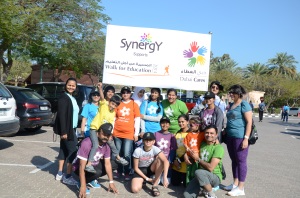 “I have participated every year since the first walk took place and this is my 5th time too” says the founder of Earth Charter Youth Group SynergY Simran Vedvyas and a student of The Universal American School in Dubai. Dubai Cares organizes this Walk for Education, which calls upon residents and organizations in the UAE to walk 3 km in solidarity with the millions of children in developing countries that walk long distances on a daily basis to go to school. We enjoyed Cheering, and singing all along the way and even our youngest participant Avishi Chauhan who is only 5 years of age completed the full walk.
“I have participated every year since the first walk took place and this is my 5th time too” says the founder of Earth Charter Youth Group SynergY Simran Vedvyas and a student of The Universal American School in Dubai. Dubai Cares organizes this Walk for Education, which calls upon residents and organizations in the UAE to walk 3 km in solidarity with the millions of children in developing countries that walk long distances on a daily basis to go to school. We enjoyed Cheering, and singing all along the way and even our youngest participant Avishi Chauhan who is only 5 years of age completed the full walk.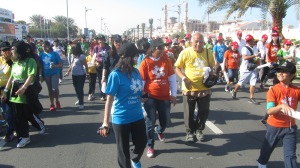
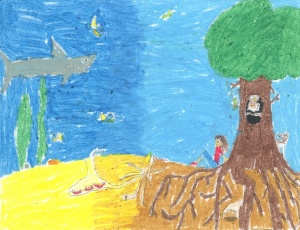
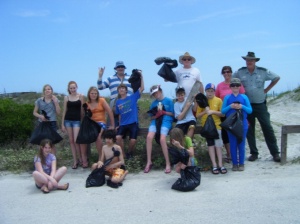
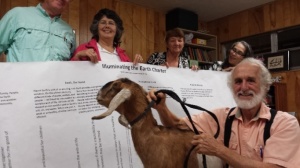

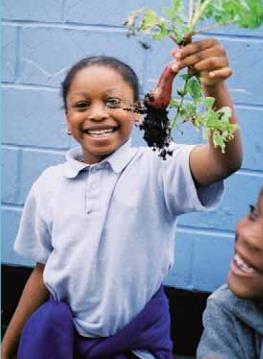
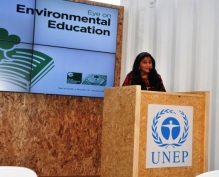 “I aspire to share my experience, and indulge youth to raise more awareness and participate systematically and effectively in promoting environmental work, sustainability- the future we want and causes that must be addressed sooner than ever before with creative and innovative ideas.” Simran Vedvyas
“I aspire to share my experience, and indulge youth to raise more awareness and participate systematically and effectively in promoting environmental work, sustainability- the future we want and causes that must be addressed sooner than ever before with creative and innovative ideas.” Simran Vedvyas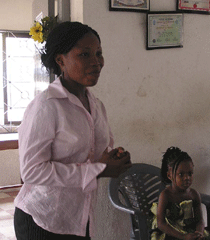 “We are following our own path to true and lasting peace which we believe starts within our own hearts. To truly transform our communities, our countries and the world is to begin transforming ourselves which is the way to sustainable unity within our world. We need to strive to prepare the ground for exceptional ideas and to inspire to concrete action, enriched by the critical voices of idealistic and courageous young people.” Princess Ogechi Ukaga,Chapter Leader Children of the Earth Nigeria
“We are following our own path to true and lasting peace which we believe starts within our own hearts. To truly transform our communities, our countries and the world is to begin transforming ourselves which is the way to sustainable unity within our world. We need to strive to prepare the ground for exceptional ideas and to inspire to concrete action, enriched by the critical voices of idealistic and courageous young people.” Princess Ogechi Ukaga,Chapter Leader Children of the Earth Nigeria